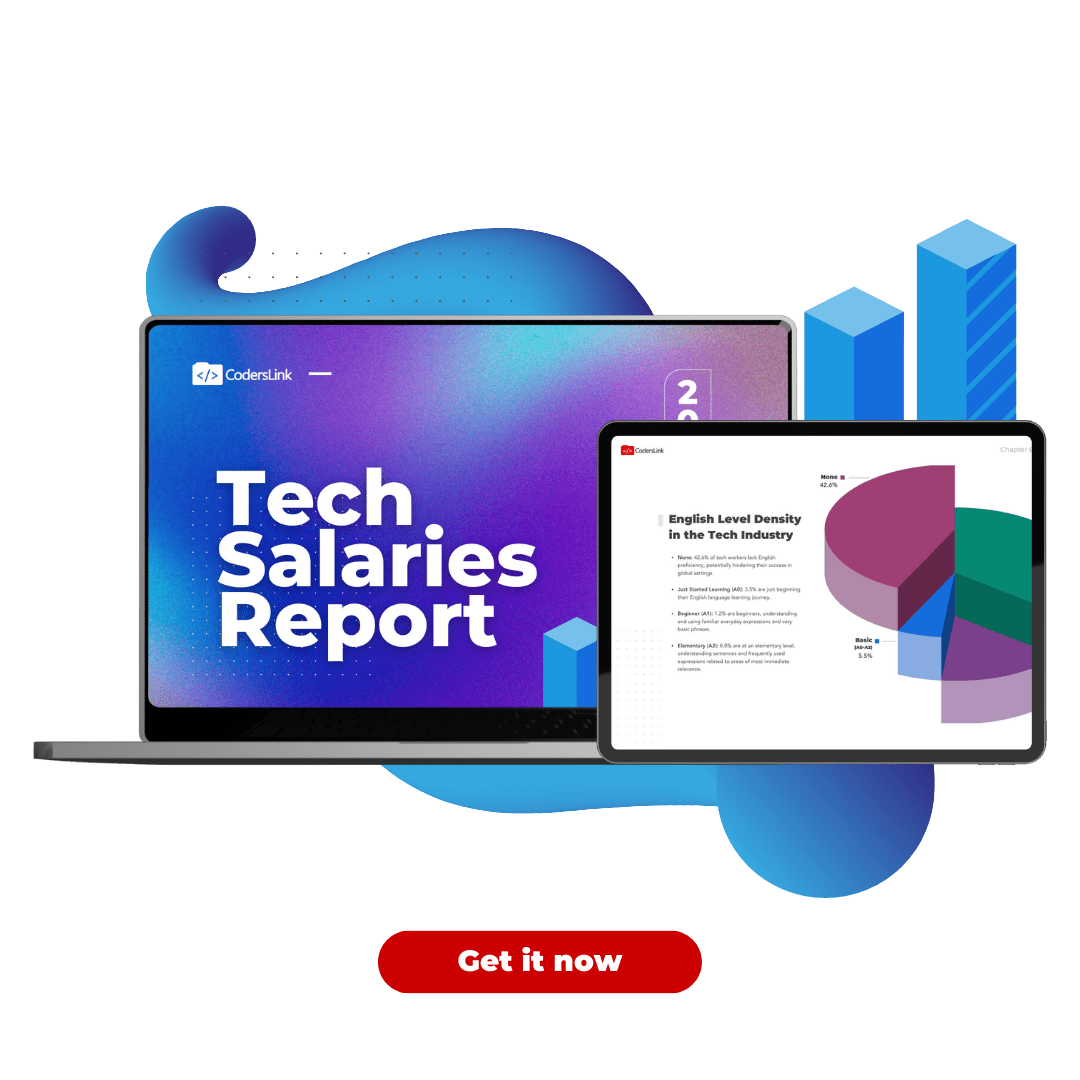
The gig economy has democratized access to exceptional talent at competitive rates. A business based in the United States could hire a very talented software developer in India or Colombia for much less than what they would pay for an on-shore professional.
This globalization of skill has particularly benefited startups and small businesses. It enables them to scale up rapidly so that they can effectively compete in the market. However, there comes a time when businesses reach a threshold where they have to look beyond freelancers.
That’s when they find themselves weighing the pros and cons of remote staffing vs outsourcing. To some, these options might seem like the same thing or similar strategies, but that couldn’t be further from the truth. Let’s take a closer look at how IT outsourcing differs from IT staffing.
IT outsourcing and IT staffing: What’s what?
Companies that opt for outsourcing are often looking for a more hands-off approach. They trust the service provider to handle the project from start to finish. Everything from hiring the resources to arranging for the equipment and ensuring quality control is the outsourcing agency’s job.
Consequently, hiring companies won’t have access to the development team itself. The team could be working on several different projects in addition to theirs. They would simply deal with a project manager who’ll keep them in the loop about the project’s progress.
IT staffing is different. Think of it as a way to complement your in-house development team. You’d take your pick from the many IT staffing agencies available and they’d hook you up with a single developer or a complete software development team that’s right for your project needs or technical roadmap.
This engineer or team will be entirely at your disposal and won’t work on any other projects. They can then be placed under the care of your in-house management team or you can also go as far as hiring remote managers to lead them.
An important note here is that IT staffing and IT staff augmentation are one and the same thing. These are usually used interchangeably and refer to the use of an external IT recruitment agency to source dedicated software engineers for you to select and hire. Additionally, staffing agencies usually offer managed services to deal with HR management overhead like payroll, benefits, and performance.
The pros and cons of staffing vs outsourcing
It wouldn’t be fair to say that one is better than the other. Both of these models clearly have their differences and their efficacy largely depends on the needs of the business. That is why it’s so important to understand the pros and cons of IT remote staffing or outstaffing vs outsourcing before making a decision. They can be largely divided into the following categories:
1. Cost and control
Outsourcing is often more expensive than IT staff augmentation as these jobs tend to have a wider scope. Any deviation from the scope agreed upon in the contract could also result in the costs being pushed even further. On the other hand, IT staffing can be more cost-effective as the team can be scaled up or down based on your requirements or changing needs.
When the project is outsourced, the client has little to no direct control over the software development process or quality assurance for that matter. This hands-off approach may not be suitable for some businesses that prefer to own the direction and control of the project. IT staffing acts effectively as an extension of their in-house team that can be managed as such.
2. Lack of focus
With IT staffing, you get a dedicated team that doesn’t work on any other project or company. This ensures full focus towards your project, thereby giving you the peace of mind that your task is getting the attention that it deserves.
While most outsourcing service providers perform their work diligently, it’s not uncommon for their development teams to be juggling multiple projects simultaneously. There may be times where deliverables may not be met or there could be delays. Finally, their response times may not be immediate and your emergencies might reach a queue, resulting in more delays when looking to fix a problem.
3. Impact on company culture
This is an aspect that often goes unnoticed. An IT outsourcing service provider may check all the boxes with regards to competency, cost, and deliverables, but may not be a cultural fit. This might lead to some integration hassles between them and your full-time employees.
Staffing remote tech teams are a better cultural fit as they’re essentially embedded as part of the internal team. When engaging in IT staffing, your company is responsible for the whole interview process and can evaluate cultural fit before deciding to move forward with the hire. This ensures that your hired staff is not only technically proficient, but also culturally aligned with your team.
4. Engagement Length
Another aspect that is also often overlooked when evaluating staffing vs outsourcing. With outstaffing, you can hire dedicated engineers for the length you require: a couple of months or indefinitely. Your company is in full control of the roadmap, the hired talent, and the engagement length.
On the other hand, given outsourcing’s transactional nature, these are usually finite projects. Even if it’s a longer-term project and because your company doesn’t have a say in a team’s composition, the agency hired may choose to change the team’s composition at will – adding or removing software engineers collaborating on your project.
IT staffing vs outsourcing: What’s best for your business?

Before deciding which model to pick, be mindful of the needs of your business. Only then will you be able to make the right decision about whether an IT staffing agency or an outsourcing agency will be a better fit.
Generally, companies that don’t have an in-house team or aren’t very tech-focused tend to opt for outsourcing. This lets them entrust the project to professionals who can handle it from start to finish. Companies that do have an in-house development team or those that prefer more control over the external resources they utilize for their projects will be much more satisfied with IT staff augmentation.
For an in-depth analysis of which solution to choose read Forbes: Finding the Right IT Outsourcing Solution for your Business
How IT staffing can transform businesses
Easy Expunctions is a company that was set up with the aim of cleaning and expunging criminal records at a third of what a lawyer would cost. Tech and cash were the two most important things to this software services startup as it was scaling the business. The company turned to CodersLink to hire junior and senior developers that would work with its in-house development team to improve its software product for customers.
CodersLink provided Easy Expunctions with on-demand talent while being mindful of the startup’s goal to keep costs down. The results speak for themselves. The startup was able to access an on-demand pipeline of qualified developers based in Mexico while reducing its HR cost by 40%. Over time, the company’s revenue has doubled as it has continued to rely on IT staffing to improve its tech stack.
IT Staffing in Latin America
At CodersLink, we help scaling companies tap into a vast talent pool to manage remote tech teams in Latin America. By providing remote staffing services and direct placements, we help them find the best people for the job.
Photo by Jo Szczepanska and Rodeo Project Management Software on Unsplash


